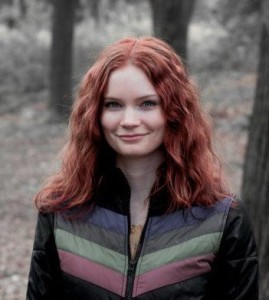I’ve lately become especially attuned to and fascinated by the popularity of “behind the scenes” content – not the big-reveal-instagram-vs-reality flourish in which an influencer might show real life versus online projection, but the more straightforward “making of” (the podcast, the TV show, the writing process behind the essay…). The reasons for their popularity aren’t mystifying; people love to draw back the curtain and feel that they’re in on how the sausage is made. What intrigues me is the question of iteration. When does it stop? A “Behind the Scenes” of a TV show is still content that has to be edited and produced, even if more lightly than the main, original product. Sometimes the “Making of” becomes more popular than the original – should it, then, get its own behind the scenes? Is it going to be The Burden of Dreams all the way down?
There are other categories of main-event-adjacent media and material: The Talking Dead, the after show paired with The Walking Dead on which a host interviewed fans, producers, and cast members about the episode. Good Mythical More, the daily follow-up to the YouTube series Good Mythical Morning, during which Rhett and Link discuss the events of the episode and complete an adjacent taste test or task. Discussion forums like those at Primetimer.com (nee Previously TV nee Television Without Pity) or on Reddit, both of which have participants whose primary reason for watching the show is to read the discussion afterward – and even those who forego watching the show entirely and gain all of their information secondhand from the forums. (This also happens with forums dedicated to snarking on bloggers/YouTubers/influencers, but that’s an entire post of its own.)
But what can end up happening if you find that you prefer the making-of/behind-the-scenes/show-after-the-show is that the show itself becomes an obstacle to power through. It’s necessary; you can’t enjoy the thing you actually enjoy without it, but you wish you could. It would be a devious and clever method for production companies: create a moat around the desirable content, then profit off of making it necessary for consumers to swim across that moat. (Caveat: with something like Good Mythical More, there’s no real reason to watch the accompanying Good Mythical Morning first, the way there is for something that relies on plot like Talking Bad.) There’s also this: reality shows (of the celebrity variety, at least) used to present themselves as a sort of “behind the scenes of our lives,” but as audiences have become increasingly aware of how staged and edited they are, behind-the-scenes-of-the-reality-shows are starting to purport to be the real real.



